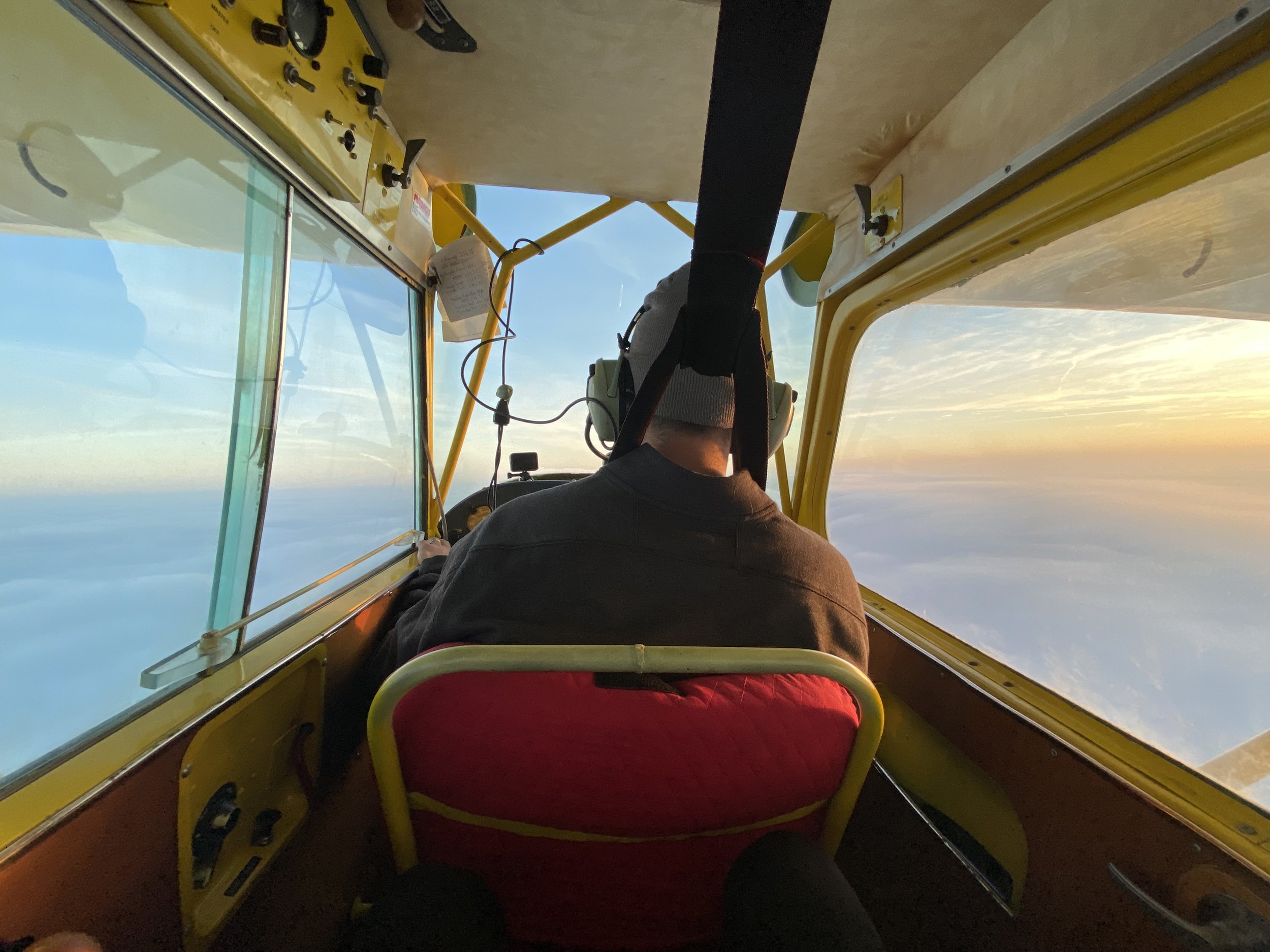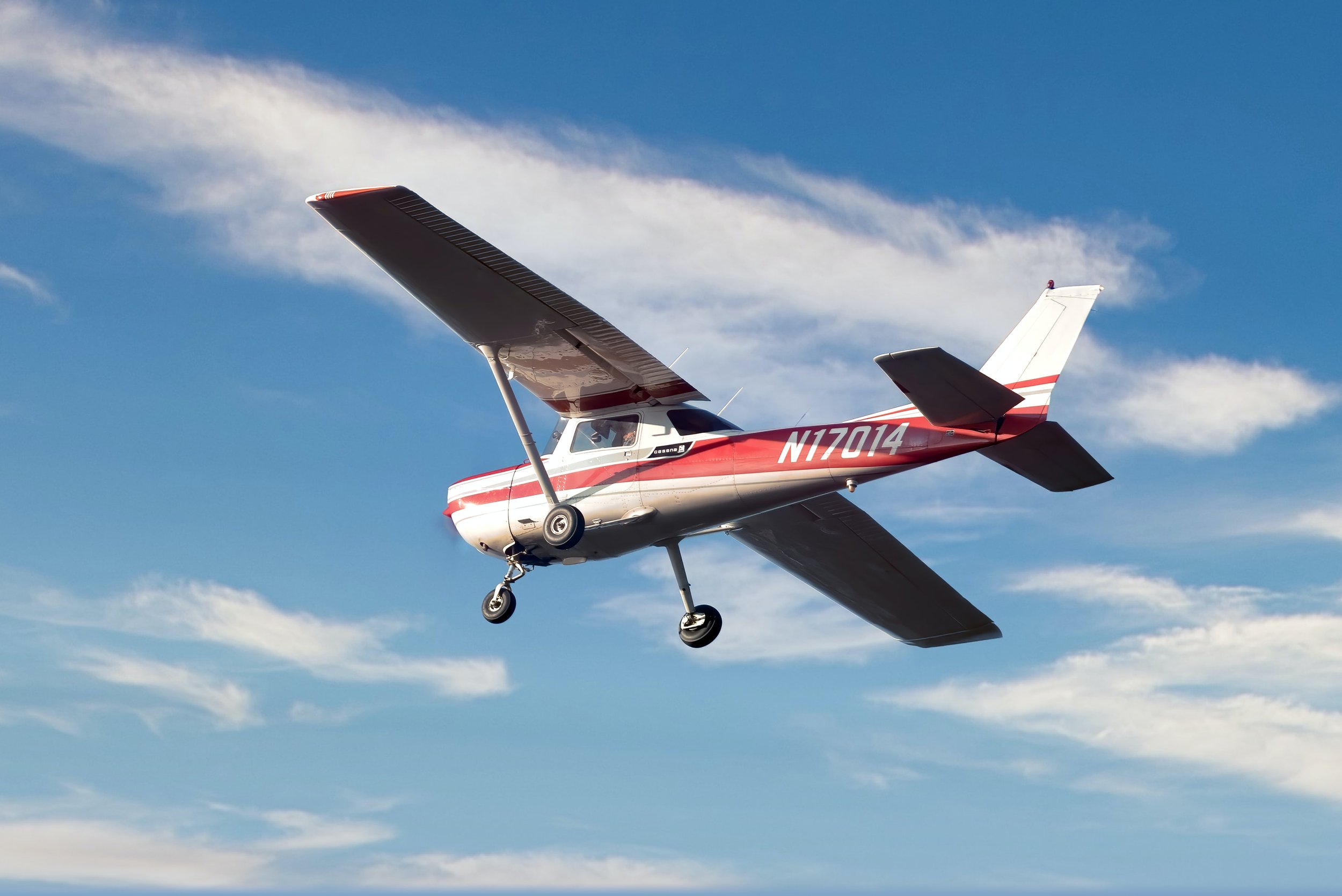The Different Types of Pilot Licenses
There are several different types of pilot licenses that an individual can obtain, each with its own set of requirements.
These licenses are issued by the Federal Aviation Administration (FAA) in the United States and are recognized internationally.
Sport Pilot License:
This license is designed for those who want to fly small, single-engine aircraft for recreational purposes.
To obtain a sport pilot license, an individual must be at least 17 years old, pass a written exam and a flight test, and have a current driver's license.
Private Pilot License:
A private pilot license allows an individual to fly for personal or non-commercial purposes.
To obtain a private pilot license, an individual must be at least 17 years old, pass a written exam and a flight test, have a minimum of 40 hours of flight time, and meet certain medical requirements.
Commercial Pilot License:
A commercial pilot license allows an individual to fly for hire or compensation.
To obtain a commercial pilot license, an individual must be at least 18 years old, pass a written exam and a flight test, have a minimum of 250 hours of flight time, and meet certain medical requirements.
Airline Transport Pilot License:
An airline transport pilot license is the highest level of pilot license and allows an individual to act as a pilot-in-command of a commercial airline.
To obtain an airline transport pilot license, an individual must be at least 23 years old, pass a written exam and a flight test, have a minimum of 1,500 hours of flight time, and meet certain medical requirements.
In addition to these licenses..
..pilots can also obtain ratings, which allow them to fly specific types of aircraft or in specific circumstances.
Some examples of ratings include instrument rating (allowing a pilot to fly in instrument meteorological conditions), multi-engine rating (allowing a pilot to fly multi-engine aircraft), and seaplane rating (allowing a pilot to fly seaplanes).






